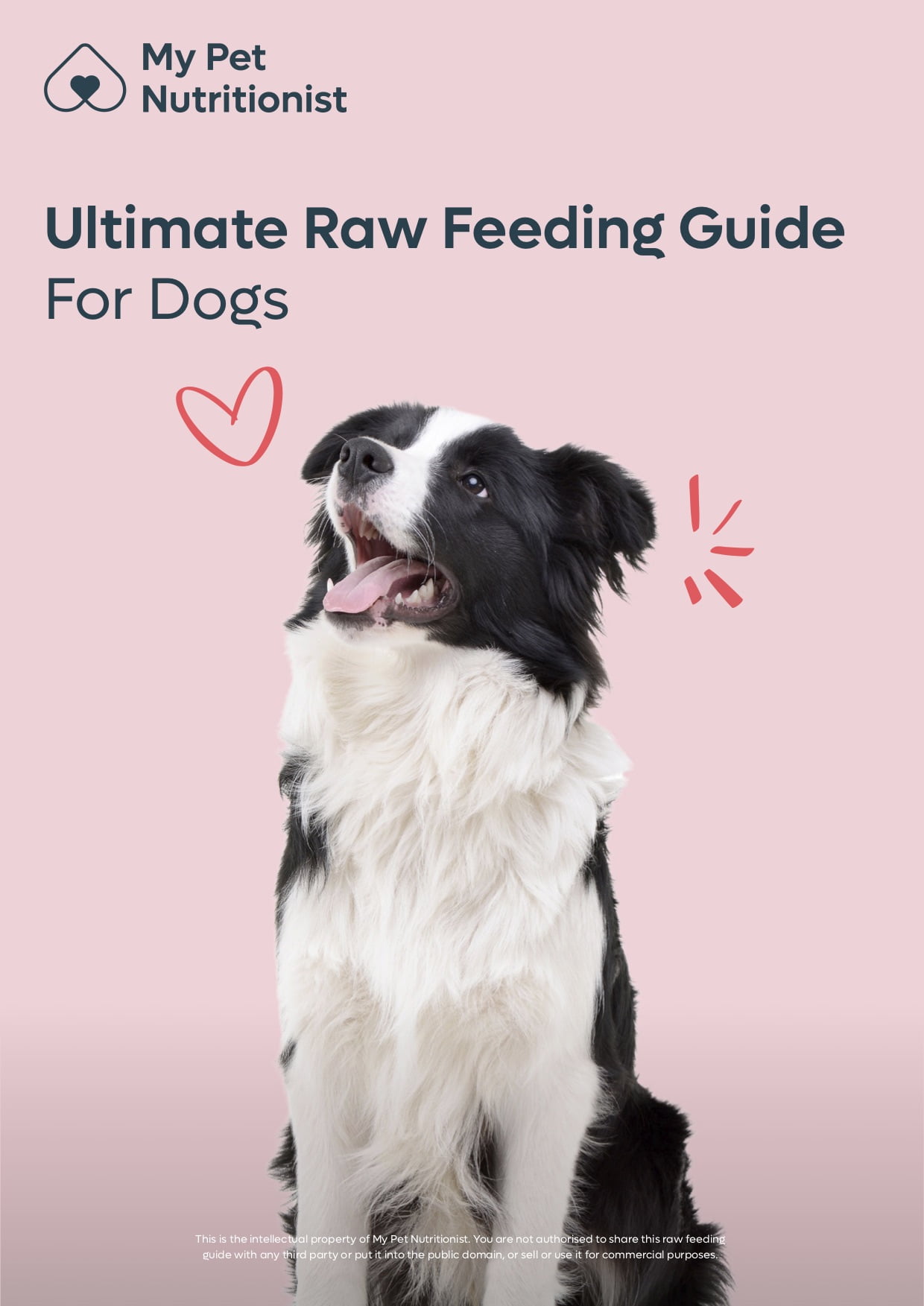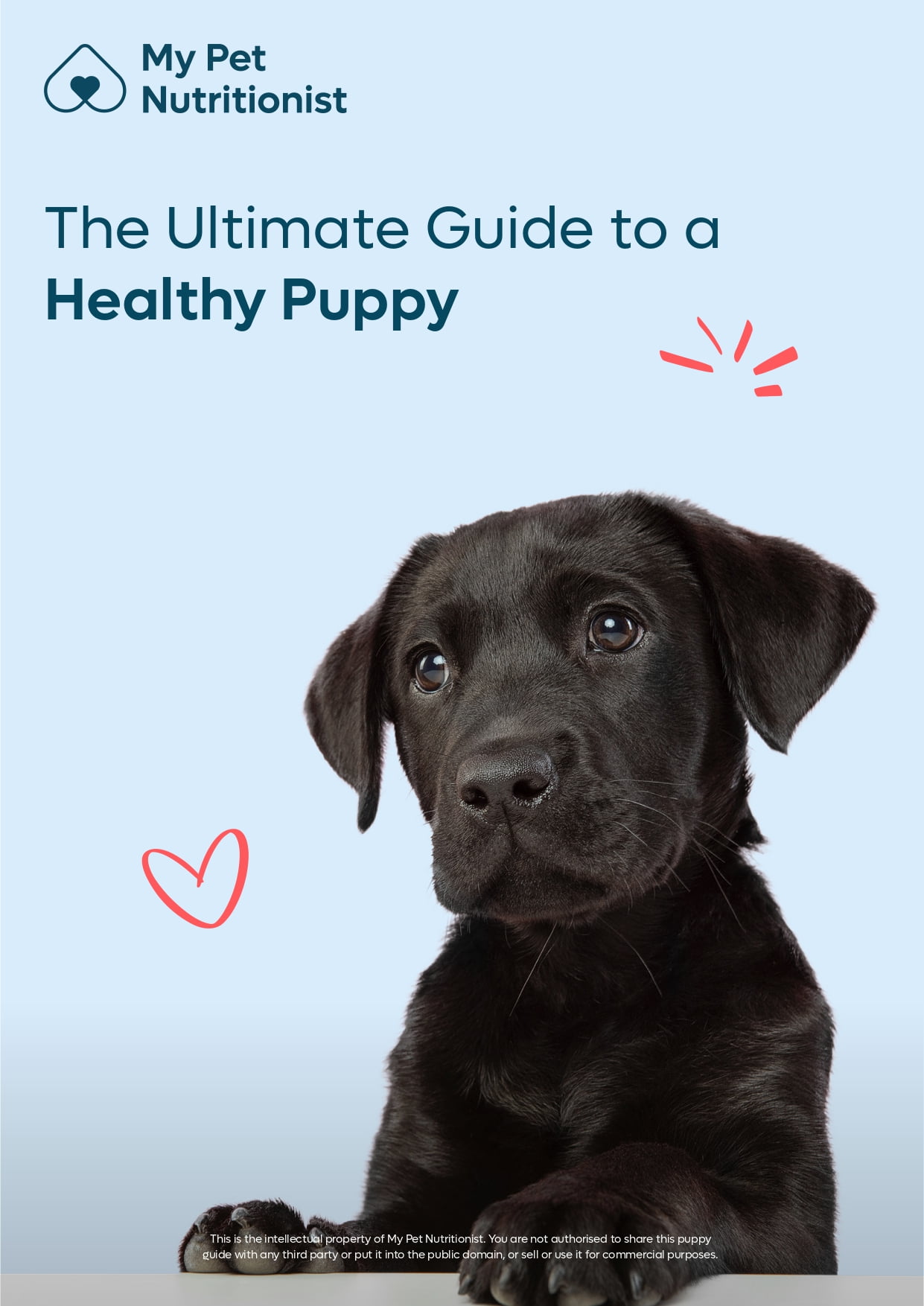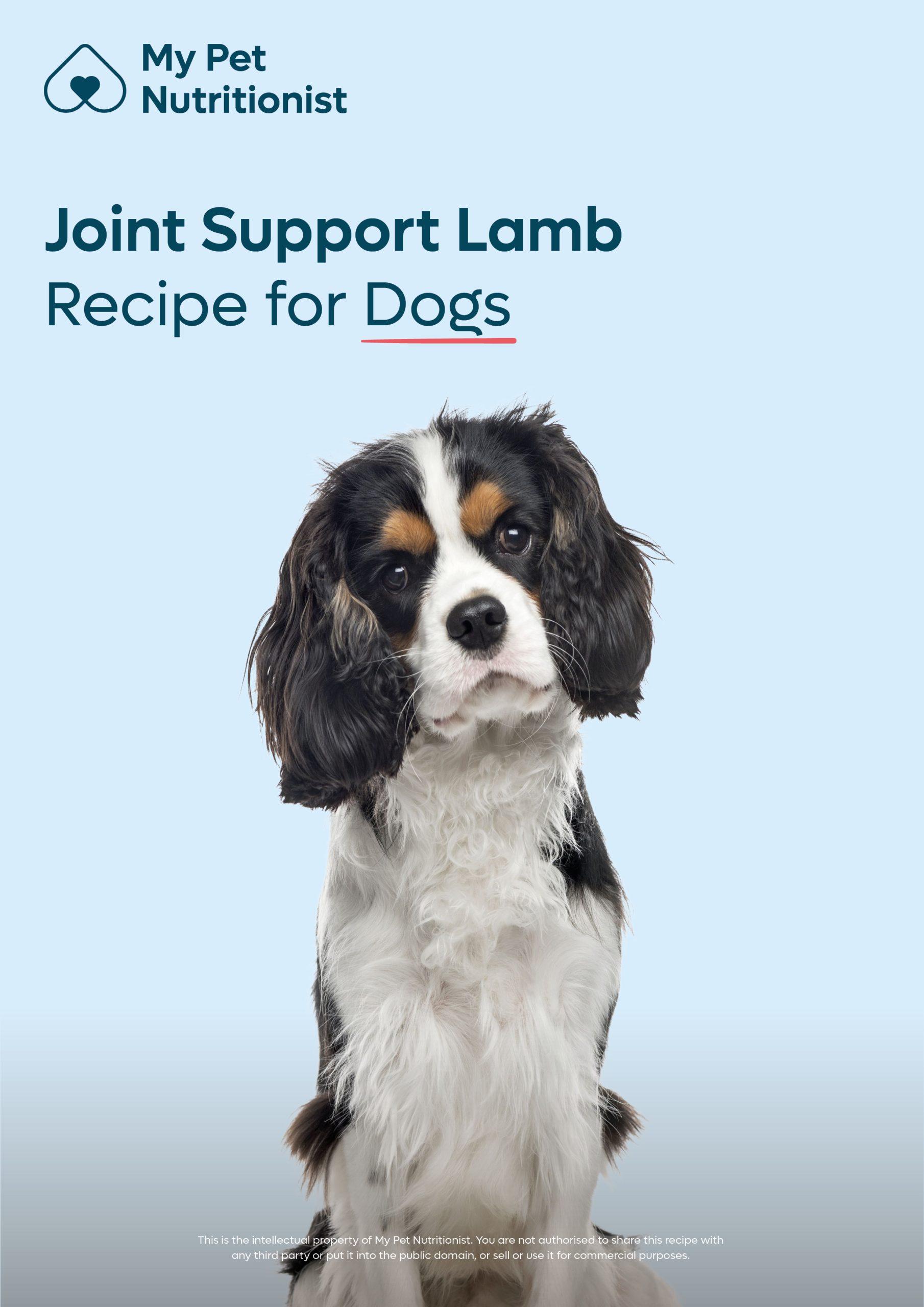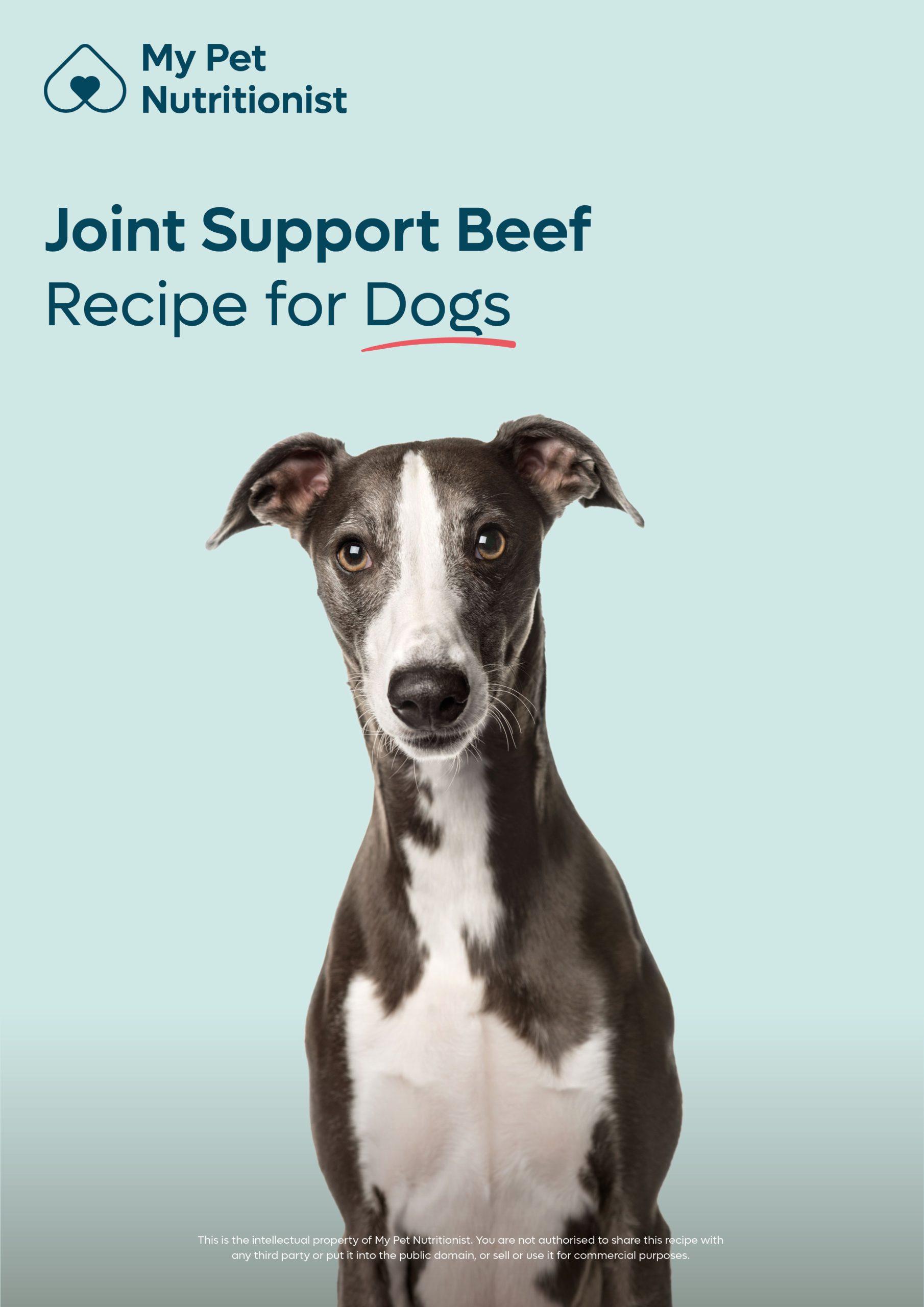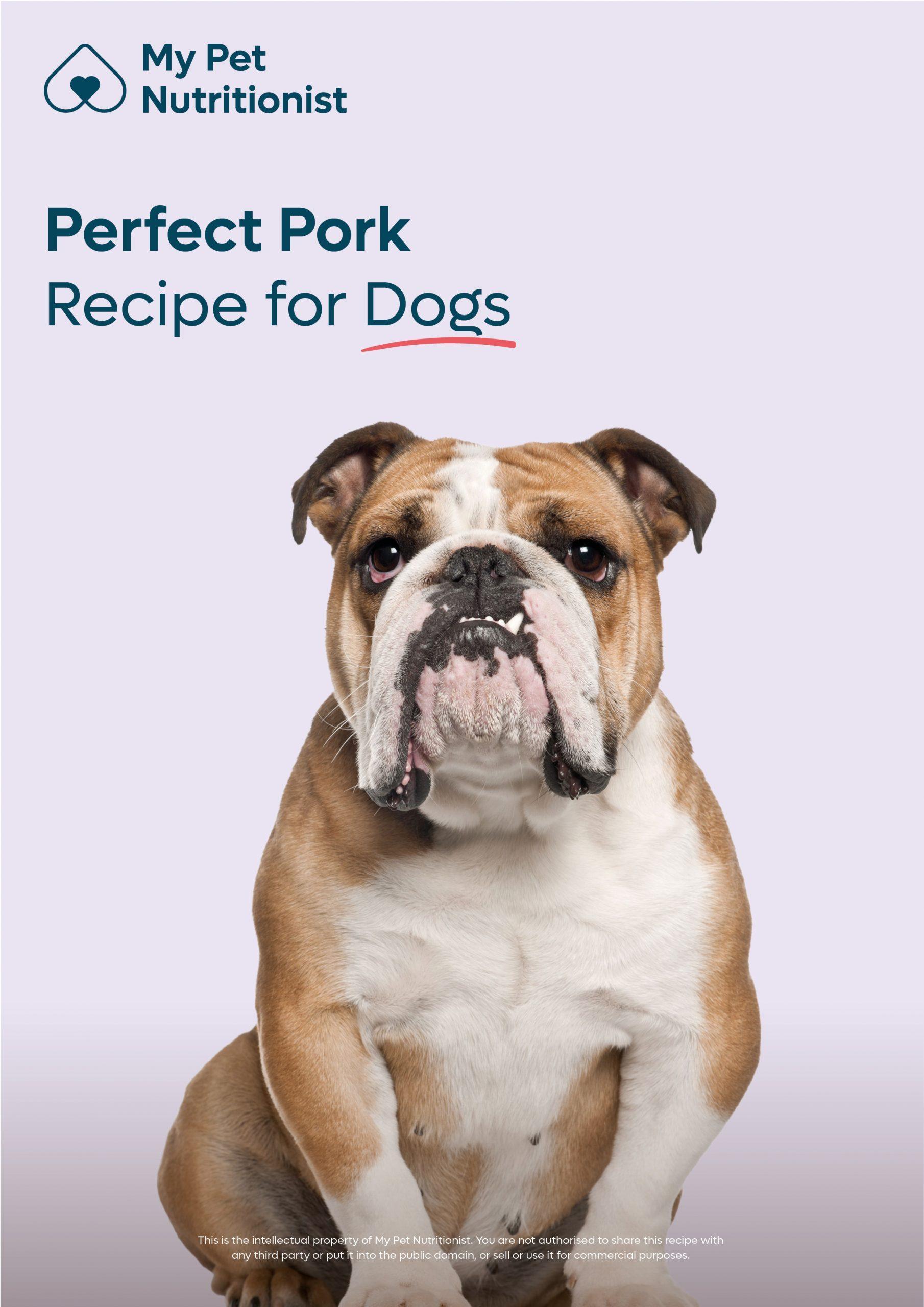-
£19.99

Why Zinc is Important for your Dog
- September 10, 2020
- 8 min read
Zinc is a nutrient that all humans and pets need to stay healthy – it is involved in many functions in the body. Zinc helps fight disease and aids wound healing. It assists a range of hormones in their roles like insulin, growth hormone, and those produced by the thymus. It is also essential for healthy skin, eye, and brain function. Whilst still relatively unclear, there also seems to be an increased risk of certain cancers with low circulating levels.
In case you hadn’t noticed, zinc is involved in many processes in the body and when deficient, can cause a whole host of issues; perhaps some you never would have considered. So, let’s look at its function in a little more detail and what happens when things go a little awry.
Functions in the body
Immunity
The immune system is a complex network of cells and proteins that defend the body. All cells depend on a regular supply of zinc to function and none more so than immune cells with their high rates of proliferation and differentiation. One of the mechanisms that zinc helps protect the body is by stabilising cell membranes. Deficiency can cause damage to epidermal cells and to the linings of the gastrointestinal and pulmonary tracts. Consequently, this facilitates the entrance of potential pathogens into the body. It has been repeatedly proven that low levels of circulating zinc results in suppressed immune responses and increased susceptibility to infectious agents. In short, zinc brings the army rather than a brigade.
Inflammation
It is well established that zinc mediates inflammatory response, it reduces pro-inflammatory cytokines. Whilst inflammation is a natural process that serves to protect, constantly increased pro-inflammatory cytokines are associated with a range of chronic disease, so modulation of inflammation can be a useful preventative agent for pet health.
Findings here
Zinc as an antioxidant
It’s easy to disregard the purpose of antioxidants when we are bombarded with superfoods containing them everywhere we turn, but they are a crucial component to a healthy system.
When cells generate energy, free radicals are produced as a consequence. Think of them like the exhaust fumes of work. These fumes then need to be neutralised by antioxidant defence mechanisms. If there is an imbalance,oxidative stress results which can lead to cell and tissue damage. Overproduction of free radicals is linked with cancer, cardiovascular disease, neurodegeneration, metabolic disorder, inflammation, and advanced ageing.
Zinc performs as an antioxidant, through a range of functions.
On one hand, it is key in stabilising membrane structures, likely from its capacity to prevent lipid peroxidation. This is where free radicals steal electrons from cell membranes, resulting in cell damage. Studies have shown that zinc supplementation can decrease lipid peroxides.
Its relationship with metallothionein and copper is also of interest.
Metallothioneins are a family of proteins which detox heavy metals, scavenge free radicals and have anti-inflammatory processes; zinc causes an increase in metallothionein.
Findings here
What is particularly interesting is that metallothioneins (MTs) play a pivotal role in tumour formation, progression,and drug resistance. MT expression varies from tumour to tumour, but there are promising markers when we are looking at cancer outcomes.
Findings here
Copper is also critical in processes to remove free radicals. They key is in the balance of zinc to copper for this process to work efficiently as excess copper levels can actually result in oxidative damage and interfere with cellular function.
Findings here
Hormonal regulation
Zinc has a key influence on the endocrine system. Comprised of a number of glands in the body, it includes the ovaries, testes, thyroid, parathyroid, adrenal, pineal and pituitary glands.
The effect of low zinc levels on the endocrine system includes:
– Reduced conversion of thyroxine to triiodothyronine (these hormones play an important role in weight regulation, energy levels, internal temperature, skin and hair health and nail growth.)
Findings here – Reduced activity of thymulin (induces differentiation and function of T cells, which are crucial to immune function). – Lowered insulin-like growth factor 1 (IGF-1) levels (important during growth periods).
– Affected synthesis, storage and secretion of insulin (zinc deficiency is linked to insulin resistance, glucose intolerance, diabetes mellitus and coronary artery disease).
Findings here
Hypothyroidism is a common cause of hair loss in pets – what is often forgotten is that zinc and other trace elements, like copper and selenium are required for the synthesis of thyroid hormones. Deficiency in these elements can result in hypothyroidism. Likewise,thyroid hormones are essential for the absorption of zinc, which is why hypothyroidism can result in acquired zinc deficiency. At MPN, if your dog presents with allergies and itchy skin, we always recommend checking thyroid function.
Brain Function
Zinc is essential for brain development and physiology. Low zinc has been associated with alterations to behaviour, abnormal central nervous system development and neurological disease. There is demonstrated decreased nerve conduction, neuro-sensory disorders and obvious mental lethargy. Zinc is known to affect neuronal excitability and synaptic transmission.
Findings here
In practice, low zinc is associated with increased anxiety, aggression, and depression like behaviour, along with an impaired sense of smell and taste. This poses food for thought in cases of dog reactivity and working dog performance.
Eye Health
Zinc is found in ocular tissue,particularly in the retina which is why zinc supplementation is often used to aid retinal health. Studies have shown that supplementation can reduce the progression of macular degeneration (eye disease). It has also been linked to reduction in vision loss.
Findings here
Skin Health
The skin has the third highest abundance of zinc in the body. Its concentration being higher in the epidermis than the dermis. As we have already established, zinc stabilises membrane structure which is key to skin health. Zinc has regularly been used in a range of skin conditions including infections,inflammatory dermatoses, pigmentary disorders and neoplasias. What is particularly interesting is its role in allergic and inflammatory responses. Mast cells play an important part in adaptive immunity, they are found in the skin and many other places including the mucosal linings of the gut and lungs. Mast cells contain many granules which are rich in histamine, heparin and, you guessed it, zinc! Zinc is crucial to correct mast cell function and deficiencies are linked with the development of allergic disease.
Findings here
Not only that, but zinc is crucial to effective wound-healing too!
Findings here
On the subject of skin, there is a renowned condition in sled dogs; zinc-responsive dermatosis. Due to a defective intestinal absorption, breeds like the Siberian Husky and Alaskan Malamute can develop this condition. This will often show symptoms of erythema, alopecia, crusting around the mouth, eyes and ears and also other mucocutaneous areas. There may also be hyperkeratosis at pressure points like the elbows, tarsi and footpads.
At MPN, we have seen quite a few cases of atopic dermatitis and have tested for zinc to find they a type of zinc-responsive dermatosis.
A genetic defect is likewise found in Bull Terriers which inhibits the absorption and utilisation of zinc; known as lethal acrodermatitis. It often results in early death, having caused retarded growth, thick skin, and painful blisters on mucous membranes.
In the absence of a breed-wide issue, there are other causes of zinc deficiency:
Excessive calcium supplementation can also readily interfere with zinc absorption which is of concern in large breed dogs, especially when zinc is so important in phases of growth.
But the main factor facing commercially fed pets, is phytic acid. Phytic acid impairs absorption of many minerals including zinc and is found in cereals, legumes and oil seeds. The highest content is found in maize germ, wheat bran, wheat germ and rice bran. There are also high amounts found in soy concentrates, which are finding their way into the pet food market in a big way.
Findings here
For that reason, zinc is often supplemented in commercial pet foods, but studies have established that zinc methionine or zinc propionate are more bioavailable than zinc oxide or zinc sulphate.
In short, the best sources of bioavailable nutrients are fresh foods! The body does not store zinc, it must be consumed regularly to maintain beneficial levels.
Oysters are the highest zinc containing food, but red meat and poultry provide a substantial amount.
100g Oysters – 61mg
100g Beef steak – 10.9mg
100g Lamb liver – 5.6mg
100g Bison – 5.3mg
100g Beef liver – 5.2mg
100g Ground lamb – 4.7mg
100g Turkey thigh – 3.5mg
100g Ground pork – 3.2mg
100g Skinless chicken leg – 1.8mg
How much is enough?
Toxicity
But, before you add a zinc supplement to your pet’s diet, toxicity is possible which will result in general gastrointestinal issues like nausea, vomiting, loss of appetite and abdominal cramps. High levels of zinc can also interfere with the absorption of copper resulting in impaired immune function, bone demineralisation, an increased risk of cardiovascular disease and neurodegenerative disease. Immediate symptoms of copper deficiency include fatigue, weakness, skin sores and skin inflammation. High zinc levels also alter iron function and reduce levels of high-density lipoproteins (HDL is like a vacuum cleaner for cholesterol in the body so needs to be maintained at healthy levels). Low HDL levels are generally associated with developing cardiovascular disease and commonly accompanied by diabetes.
Findings here
For that reason, it is essential to consult with a qualified practitioner if you are concerned your pet may be deficient in this vital mineral. The most common signs in pets are anorexia, testicular atrophy, immune system dysfunction, allergies, conjunctivitis, skin lesions, dull coat, course hairs and hyperkeratosis at pressure points (elbows).
Zinc is essential for health. It is crucial in immune system function and a key mediator in inflammatory processes. Not only that but it stabilises membrane structure to prevent cell damage. It also contributes antioxidant function through a range of mechanisms. It is essential in many endocrine functions. It is known for its neuroprotective properties and has been beneficial in diseases of the eye. Perhaps most interestingly, in pet health is its links to skin health and the development of allergic disease.
There are a range of reasons why a pet maybe out of sync with their mineral levels, so if you are concerned, speak with a qualified practitioner.
Here at MPN, we specialise in allergies and always test nutritional status. If you are interested in a consultation, contact us for more information.
Consultations
MPN Team x
In case you hadn’t noticed, zinc is involved in many processes in the body and when deficient, can cause a whole host of issues; perhaps some you never would have considered. So, let’s look at its function in a little more detail and what happens when things go a little awry.
Functions in the body
Immunity
The immune system is a complex network of cells and proteins that defend the body. All cells depend on a regular supply of zinc to function and none more so than immune cells with their high rates of proliferation and differentiation. One of the mechanisms that zinc helps protect the body is by stabilising cell membranes. Deficiency can cause damage to epidermal cells and to the linings of the gastrointestinal and pulmonary tracts. Consequently, this facilitates the entrance of potential pathogens into the body. It has been repeatedly proven that low levels of circulating zinc results in suppressed immune responses and increased susceptibility to infectious agents. In short, zinc brings the army rather than a brigade.Inflammation
It is well established that zinc mediates inflammatory response, it reduces pro-inflammatory cytokines. Whilst inflammation is a natural process that serves to protect, constantly increased pro-inflammatory cytokines are associated with a range of chronic disease, so modulation of inflammation can be a useful preventative agent for pet health.Findings here
Zinc as an antioxidant
It’s easy to disregard the purpose of antioxidants when we are bombarded with superfoods containing them everywhere we turn, but they are a crucial component to a healthy system.When cells generate energy, free radicals are produced as a consequence. Think of them like the exhaust fumes of work. These fumes then need to be neutralised by antioxidant defence mechanisms. If there is an imbalance,oxidative stress results which can lead to cell and tissue damage. Overproduction of free radicals is linked with cancer, cardiovascular disease, neurodegeneration, metabolic disorder, inflammation, and advanced ageing.
Zinc performs as an antioxidant, through a range of functions.
On one hand, it is key in stabilising membrane structures, likely from its capacity to prevent lipid peroxidation. This is where free radicals steal electrons from cell membranes, resulting in cell damage. Studies have shown that zinc supplementation can decrease lipid peroxides.
Its relationship with metallothionein and copper is also of interest.
Metallothioneins are a family of proteins which detox heavy metals, scavenge free radicals and have anti-inflammatory processes; zinc causes an increase in metallothionein.
Findings here
What is particularly interesting is that metallothioneins (MTs) play a pivotal role in tumour formation, progression,and drug resistance. MT expression varies from tumour to tumour, but there are promising markers when we are looking at cancer outcomes.
Findings here
Copper is also critical in processes to remove free radicals. They key is in the balance of zinc to copper for this process to work efficiently as excess copper levels can actually result in oxidative damage and interfere with cellular function.
Findings here
Hormonal regulation
Zinc has a key influence on the endocrine system. Comprised of a number of glands in the body, it includes the ovaries, testes, thyroid, parathyroid, adrenal, pineal and pituitary glands.The effect of low zinc levels on the endocrine system includes:
– Reduced conversion of thyroxine to triiodothyronine (these hormones play an important role in weight regulation, energy levels, internal temperature, skin and hair health and nail growth.)
Findings here – Reduced activity of thymulin (induces differentiation and function of T cells, which are crucial to immune function). – Lowered insulin-like growth factor 1 (IGF-1) levels (important during growth periods).
– Affected synthesis, storage and secretion of insulin (zinc deficiency is linked to insulin resistance, glucose intolerance, diabetes mellitus and coronary artery disease).
Findings here
Hypothyroidism is a common cause of hair loss in pets – what is often forgotten is that zinc and other trace elements, like copper and selenium are required for the synthesis of thyroid hormones. Deficiency in these elements can result in hypothyroidism. Likewise,thyroid hormones are essential for the absorption of zinc, which is why hypothyroidism can result in acquired zinc deficiency. At MPN, if your dog presents with allergies and itchy skin, we always recommend checking thyroid function.
Brain Function
Zinc is essential for brain development and physiology. Low zinc has been associated with alterations to behaviour, abnormal central nervous system development and neurological disease. There is demonstrated decreased nerve conduction, neuro-sensory disorders and obvious mental lethargy. Zinc is known to affect neuronal excitability and synaptic transmission.Findings here
In practice, low zinc is associated with increased anxiety, aggression, and depression like behaviour, along with an impaired sense of smell and taste. This poses food for thought in cases of dog reactivity and working dog performance.
Eye Health
Zinc is found in ocular tissue,particularly in the retina which is why zinc supplementation is often used to aid retinal health. Studies have shown that supplementation can reduce the progression of macular degeneration (eye disease). It has also been linked to reduction in vision loss.Findings here
Skin Health
The skin has the third highest abundance of zinc in the body. Its concentration being higher in the epidermis than the dermis. As we have already established, zinc stabilises membrane structure which is key to skin health. Zinc has regularly been used in a range of skin conditions including infections,inflammatory dermatoses, pigmentary disorders and neoplasias. What is particularly interesting is its role in allergic and inflammatory responses. Mast cells play an important part in adaptive immunity, they are found in the skin and many other places including the mucosal linings of the gut and lungs. Mast cells contain many granules which are rich in histamine, heparin and, you guessed it, zinc! Zinc is crucial to correct mast cell function and deficiencies are linked with the development of allergic disease.Findings here
Not only that, but zinc is crucial to effective wound-healing too!
Findings here
On the subject of skin, there is a renowned condition in sled dogs; zinc-responsive dermatosis. Due to a defective intestinal absorption, breeds like the Siberian Husky and Alaskan Malamute can develop this condition. This will often show symptoms of erythema, alopecia, crusting around the mouth, eyes and ears and also other mucocutaneous areas. There may also be hyperkeratosis at pressure points like the elbows, tarsi and footpads.
At MPN, we have seen quite a few cases of atopic dermatitis and have tested for zinc to find they a type of zinc-responsive dermatosis.
A genetic defect is likewise found in Bull Terriers which inhibits the absorption and utilisation of zinc; known as lethal acrodermatitis. It often results in early death, having caused retarded growth, thick skin, and painful blisters on mucous membranes.
In the absence of a breed-wide issue, there are other causes of zinc deficiency:
- Inadequate intake,
- Increased requirements,
- Malabsorption,
- Increased losses,
- Impaired utilisation
Excessive calcium supplementation can also readily interfere with zinc absorption which is of concern in large breed dogs, especially when zinc is so important in phases of growth.
But the main factor facing commercially fed pets, is phytic acid. Phytic acid impairs absorption of many minerals including zinc and is found in cereals, legumes and oil seeds. The highest content is found in maize germ, wheat bran, wheat germ and rice bran. There are also high amounts found in soy concentrates, which are finding their way into the pet food market in a big way.
Findings here
For that reason, zinc is often supplemented in commercial pet foods, but studies have established that zinc methionine or zinc propionate are more bioavailable than zinc oxide or zinc sulphate.
In short, the best sources of bioavailable nutrients are fresh foods! The body does not store zinc, it must be consumed regularly to maintain beneficial levels.
Oysters are the highest zinc containing food, but red meat and poultry provide a substantial amount.
100g Oysters – 61mg
100g Beef steak – 10.9mg
100g Lamb liver – 5.6mg
100g Bison – 5.3mg
100g Beef liver – 5.2mg
100g Ground lamb – 4.7mg
100g Turkey thigh – 3.5mg
100g Ground pork – 3.2mg
100g Skinless chicken leg – 1.8mg
How much is enough?
ToxicityBut, before you add a zinc supplement to your pet’s diet, toxicity is possible which will result in general gastrointestinal issues like nausea, vomiting, loss of appetite and abdominal cramps. High levels of zinc can also interfere with the absorption of copper resulting in impaired immune function, bone demineralisation, an increased risk of cardiovascular disease and neurodegenerative disease. Immediate symptoms of copper deficiency include fatigue, weakness, skin sores and skin inflammation. High zinc levels also alter iron function and reduce levels of high-density lipoproteins (HDL is like a vacuum cleaner for cholesterol in the body so needs to be maintained at healthy levels). Low HDL levels are generally associated with developing cardiovascular disease and commonly accompanied by diabetes.
Findings here
For that reason, it is essential to consult with a qualified practitioner if you are concerned your pet may be deficient in this vital mineral. The most common signs in pets are anorexia, testicular atrophy, immune system dysfunction, allergies, conjunctivitis, skin lesions, dull coat, course hairs and hyperkeratosis at pressure points (elbows).
Zinc is essential for health. It is crucial in immune system function and a key mediator in inflammatory processes. Not only that but it stabilises membrane structure to prevent cell damage. It also contributes antioxidant function through a range of mechanisms. It is essential in many endocrine functions. It is known for its neuroprotective properties and has been beneficial in diseases of the eye. Perhaps most interestingly, in pet health is its links to skin health and the development of allergic disease.
There are a range of reasons why a pet maybe out of sync with their mineral levels, so if you are concerned, speak with a qualified practitioner.
Here at MPN, we specialise in allergies and always test nutritional status. If you are interested in a consultation, contact us for more information.
Consultations
MPN Team x
Customer Reviews
Explore related products
Related articles
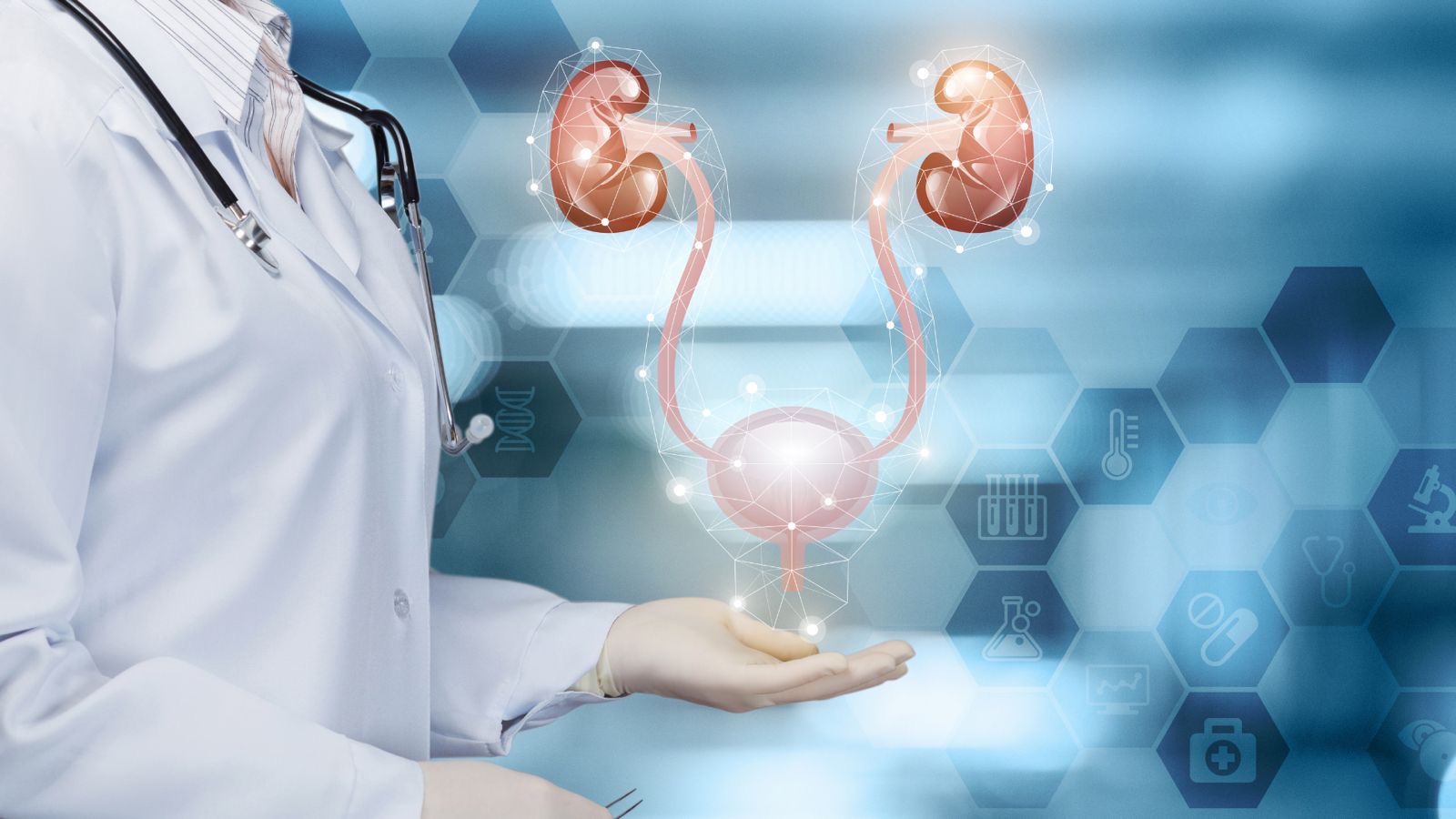
Dietary NeedsAnxietyArthritisCancerDigestionItching & AllergiesKidney DiseaseLiver HealthPancreatitisUrinary Issues
Best Diet for Struvite Crystals in Dogs
Mar 13 2024
•
5 mins

Dietary NeedsAnxietyArthritisCancerDigestionItching & AllergiesKidney DiseaseLiver HealthPancreatitisUrinary Issues
Oxalate Stones – What You Need to Know
Jul 13 2023
•
2 mins 40 secs

Dietary NeedsAnxietyArthritisCancerDigestionItching & AllergiesKidney DiseaseLiver HealthPancreatitisUrinary Issues
Cysteine Stones … Everything You Need to Know
Jun 01 2023
•
3 mins 50 secs

Dietary NeedsAnxietyArthritisCancerDigestionItching & AllergiesKidney DiseaseLiver HealthPancreatitisUrinary Issues
The Ultimate Guide to Urinary Stones
Mar 22 2023
•
7 mins 46 secs

Dietary NeedsAnxietyArthritisCancerDigestionItching & AllergiesKidney DiseaseLiver HealthPancreatitisUrinary Issues
3 Tips to Support Your Pet’s Urinary Health
May 26 2022
•
4 mins 46 secs

Dietary NeedsAnxietyArthritisCancerDigestionItching & AllergiesKidney DiseaseLiver HealthPancreatitisUrinary Issues
What Does the Microbiome Have to Do With My Dog’s Bladder Stones?
May 24 2022
•
6 mins 39 secs

Dietary NeedsAnxietyArthritisCancerDigestionItching & AllergiesKidney DiseaseLiver HealthPancreatitisUrinary Issues
What Can I Do For My Dog’s Bladder Stones
Nov 04 2021
•
4 mins 56 secs

Dietary NeedsAnxietyArthritisCancerDigestionItching & AllergiesKidney DiseaseLiver HealthPancreatitisUrinary Issues
A Brief Guide to The Canine Urinary System
Oct 06 2021
•
5 mins 6 secs

Dietary NeedsAnxietyArthritisCancerDigestionItching & AllergiesKidney DiseaseLiver HealthPancreatitisUrinary Issues
Why Does My Dog Need Minerals – Part Two
Sep 23 2021
•
12 min read

Dietary NeedsAnxietyArthritisCancerDigestionItching & AllergiesKidney DiseaseLiver HealthPancreatitisUrinary Issues
Why Does My Dog Need Minerals – Part One
Sep 22 2021
•
7 min read

Dietary NeedsAnxietyArthritisCancerDigestionItching & AllergiesKidney DiseaseLiver HealthPancreatitisUrinary Issues
Does My Pet Need to Detox
Apr 15 2021
•
8 min read
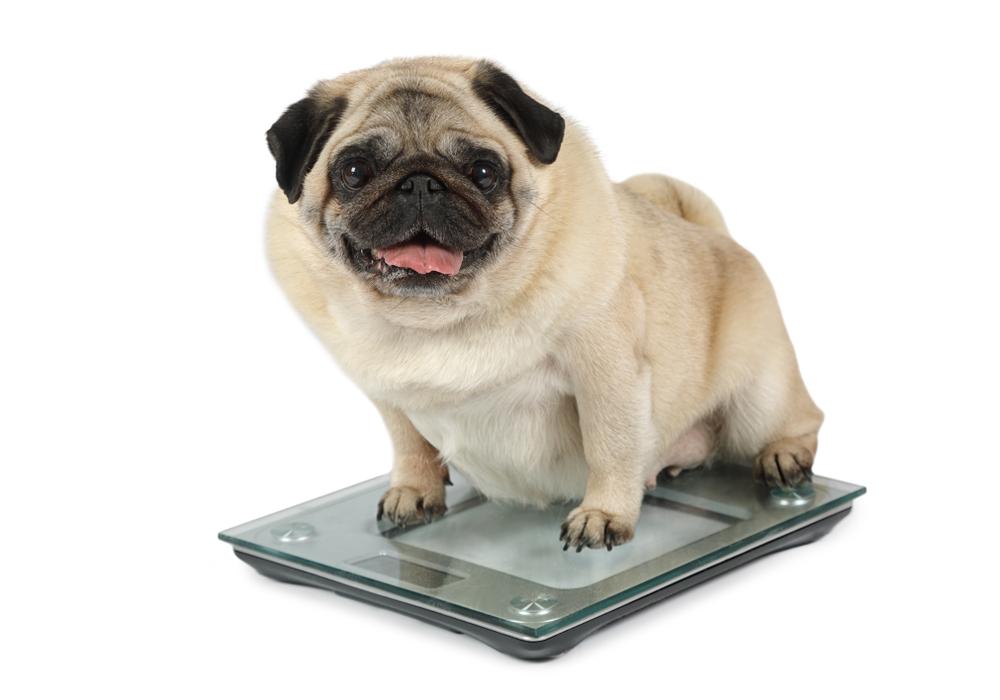
Dietary NeedsAnxietyArthritisCancerDigestionItching & AllergiesKidney DiseaseLiver HealthPancreatitisUrinary Issues
Obesity in Pets Part 1
Feb 25 2021
•
9 min read

Dietary NeedsAnxietyArthritisCancerDigestionItching & AllergiesKidney DiseaseLiver HealthPancreatitisUrinary Issues
Why Is My Dog A Fussy Eater?
Jan 18 2021
•
10 min read

Dietary NeedsAnxietyArthritisCancerDigestionItching & AllergiesKidney DiseaseLiver HealthPancreatitisUrinary Issues
Why is My Dog Losing His Hair?
Jan 04 2021
•
7 min read
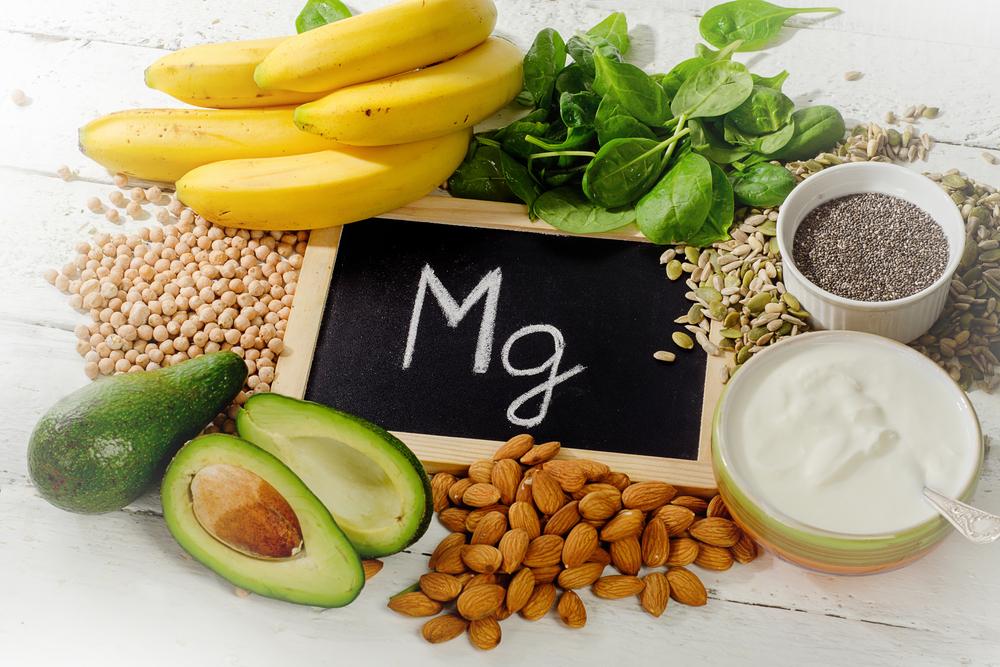
Dietary NeedsAnxietyArthritisCancerDigestionItching & AllergiesKidney DiseaseLiver HealthPancreatitisUrinary Issues
Why is Magnesium So Important to Your Pet
Oct 02 2020
•
10 min read

Dietary NeedsAnxietyArthritisCancerDigestionItching & AllergiesKidney DiseaseLiver HealthPancreatitisUrinary Issues
Why Zinc is Important for your Dog
Sep 10 2020
•
8 min read

Dietary NeedsAnxietyArthritisCancerDigestionItching & AllergiesKidney DiseaseLiver HealthPancreatitisUrinary Issues
7 Wonderful Herbs for Dogs
Jul 06 2020
•
9 min read

Dietary NeedsAnxietyArthritisCancerDigestionItching & AllergiesKidney DiseaseLiver HealthPancreatitisUrinary Issues
Does My Dog Have a Vitamin Deficiency?
May 04 2020
•
15 min read

Dietary NeedsAnxietyArthritisCancerDigestionItching & AllergiesKidney DiseaseLiver HealthPancreatitisUrinary Issues
The Ultimate Natural UT Guide for Pets
Apr 14 2020
•
9 min read

Dietary NeedsAnxietyArthritisCancerDigestionItching & AllergiesKidney DiseaseLiver HealthPancreatitisUrinary Issues
7 Top Reasons to use Clay in your Dog’s Diet Regime
Feb 20 2020
•
5 min read
✕






